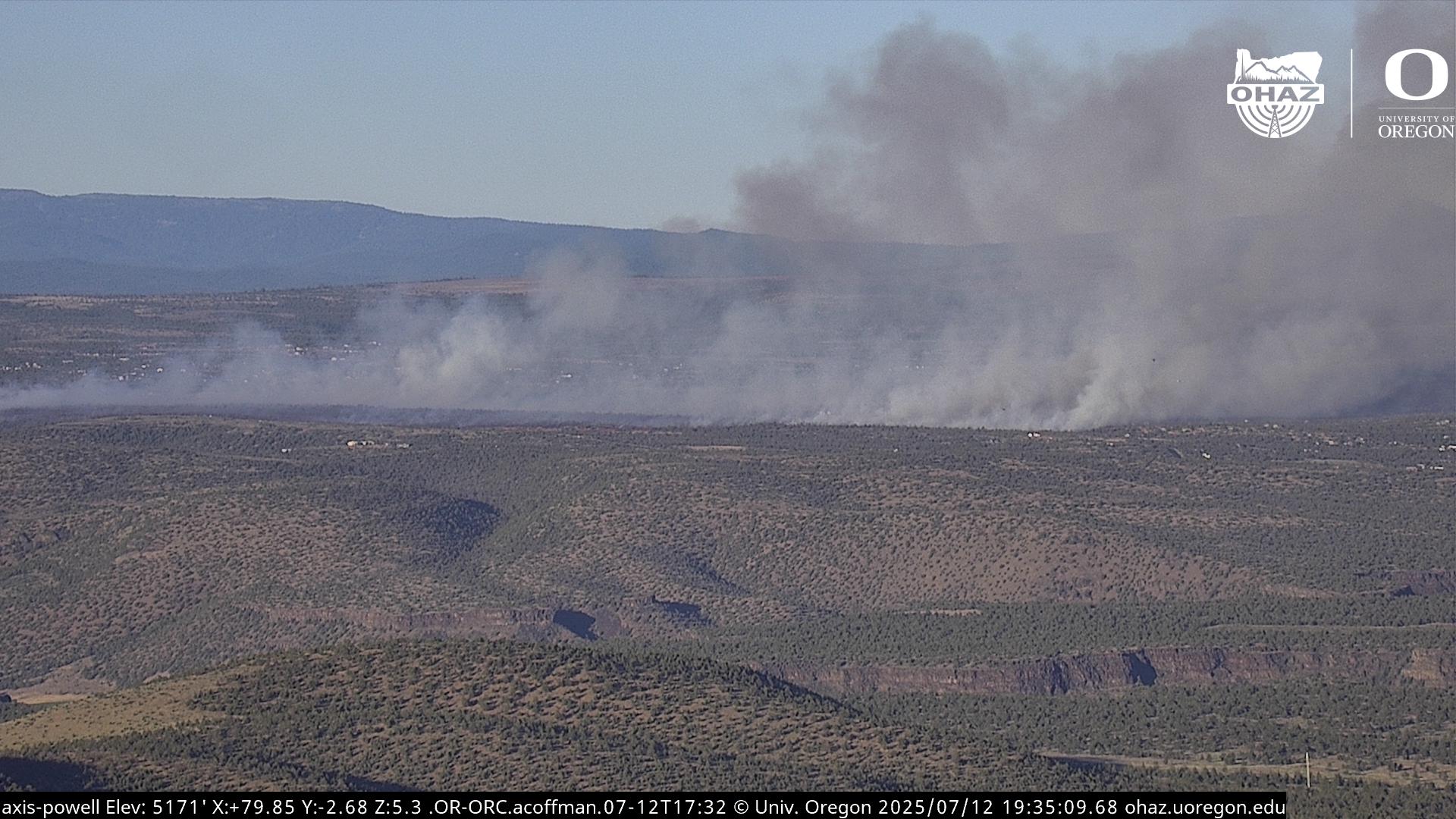Welcome to Silicon Desert: How Biden helped boost an Arizona boomtown
Published 1:53 pm Monday, February 12, 2024

- PHOENIX - JANUARY 24: Welding demonstrations hang on a peg board inside the Sheet Metal, Air, Rail, and Transportation Workers’ Local 359 Homer D. Dukes Sheet Metal Training Center in Phoenix, Arizona on January 24, 2023. (Photo by Caitlin O'Hara for The Washington Post)
MARICOPA COUNTY, Ariz. — It took 170 flatbed trucks to haul one of the world’s biggest cranes — the height of two Statues of Liberty — to the outskirts of Phoenix to start building a $20 billion computer-chip factory.
On the other side of town, an even bigger chip-manufacturing project is rising from the desert, requiring 12,000 construction workers and $40 billion of investment.
Trending
Phoenix is a boom town, thanks in part to President Biden. The promise of federal subsidies from the Biden-backed Chips and Science Act of 2022 has sparked some of the biggest investment projects in the nation’s history, transforming Maricopa County into one of the world’s most important manufacturing sites for the tiny components that power all modern electronics.
Whether the investments will benefit Biden’s presidential campaign in this vital swing county is unclear. But the projects are creating thousands of high-tech jobs that will draw more professionals who tend to vote blue, analysts say. Maricopa, the nation’s fourth most populous county, is already purple, having flipped from Trump to Biden in the 2020 election.
Obstacles remain before the factories are up and running. The Biden administration has not yet awarded any funding to the projects, though announcements are expected in a few weeks. The semiconductor companies are also facing a shortage of construction and technical workers, causing one of the manufacturers to delay its timetable and import more technicians from Taiwan. But local business leaders, politicians and labor unions say the investment is helping turbocharge Maricopa County’s strong economy, which is far outpacing the nation’s as a whole.
“The Chips Act is a game changer for Phoenix for at least a generation,” Phoenix Mayor Kate Gallego said in an interview.
The Chips Act won bipartisan support in Congress as U.S. fears mounted that the nation had ceded too much semiconductor manufacturing to Asia. Computer chips are the brains that run everything from fighter jets and smartphones to autos, making them essential to national and economic security.
In Maricopa County, Taiwan Semiconductor Manufacturing Co. (TSMC) announced a $12 billion investment in 2020, under former president Trump, saying that the project would require “support” from the federal government. TSMC added a second factory after the Chips Act passed, more than tripling its investment.
Trending
California’s Intel, which has been producing chips in Maricopa County for more than 40 years, announced a significant expansion in March 2021, calling federal funding crucial. The investments are helping transform Phoenix, bringing dozens of additional companies to the area to supply the mammoth factories. The change is most visible around the TSMC site in the county’s relatively undeveloped northwest corner, where warehouses, malls and housing developments are filling in the desert landscape.
Phoenix was already enjoying strong growth before the semiconductor projects arrived, after a push to diversify its economy away from real estate following the 2008 financial crash. But economists say the massive chip investment is amplifying the boom. Maricopa County’s GDP grew by 4.1% in 2022 against 1.9% for the United States as a whole, and its unemployment rate for most of the past several years has been below the national average.
The pace of Phoenix’s transformation has caught many by surprise. Soon after chip engineer Mino Morgese bought land west of Phoenix and started building a house three years ago, he accepted a job with TSMC and left the country for 18 months of training in Taiwan. When he returned to Maricopa County he hardly recognized his neighborhood.
Houses and schools were springing up in place of farms and desert landscape. A luxury shopping mall, a Home Depot and a string of new restaurants were opening. And logistics and chemicals suppliers were moving in to work with the twin factories TSMC is building. One of the biggest newcomers, Amkor, recently bought 55 acres of land for a $2 billion factory that will package and test TSMC’s chips for Apple and other customers.
TSMC has a white-collar workforce of 2,200 full-time employees at the site, just under half of whom are from Taiwan. That includes engineers, technicians, finance, HR and management, a group expected to grow to 4,500 over time. The company says its U.S. hiring efforts include a new apprenticeship program and recruiting at university job fairs.
Intel employees have fanned out at local community colleges to train new technicians. Jeffrey Davis is one of a dozen Intel engineers leading an entry-level course that teaches students how to fix equipment while wearing the head-to-toe jumpsuits required on the pristine factory floors.
“There’s so much semiconductor coming to the Valley that there’s not enough people,” Davis said during a classroom break at Chandler-Gilbert Community College. “I’ve seen a lot of jobs starting to hit the market” for entry-level technicians, he added, with starting pay from $24 to $32 per hour.
Construction workers from around the country have been piling into Phoenix to build the factories, and local union halls are stepping up their recruitment. The local ironworkers shop is planning to build an additional training center to accommodate more apprentices, who undergo four years of classroom and on-the-job training in building steel structures, typically at Intel or TSMC.
The group has 250 apprentices, up from 25 a few years ago, instructor Aaron McDonald said.








